Samsung Galaxy Z Fold 4 vs Galaxy Z Flip 4: how will these foldable phones compare?
Comparing Samsung's two rumored foldables
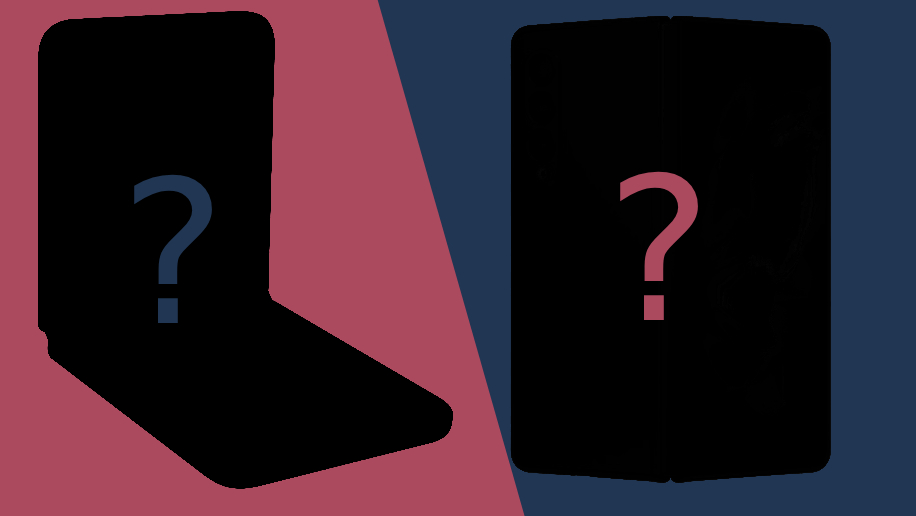
The two most hyped Samsung phones right now aren't actually on sale yet – in fact, they haven't even been announced. And maybe it's their rumored status that makes the Samsung Galaxy Z Fold 4 and Galaxy Z Flip 4 such anticipated phones.
These two new foldable phones are expected to debut in early August, and rumors have been building about them for months - lots of people are looking forward to these handsets.
That's partly because the Samsung Galaxy Z Fold 3 and Z Flip 3 turned out to be incredibly popular and partly because people want to see where foldables go next.
With that in mind, we've brought together all the leaks and rumors we've heard about the phones, so you can see how the devices might compare when they launch.
Samsung Galaxy Z Fold 4 vs Z Flip 4 price
We haven't heard any price rumors for the Samsung Galaxy Z Flip 4 or Z Fold 4, but we can use precedent to make a good guess.
The Galaxy Z Flip 3 costs $999 / £949 / AU$1,499, which is lower than the price of the original, so we could see the price continue to drop for the next-gen version – that would make it more accessible and get more people buying it.
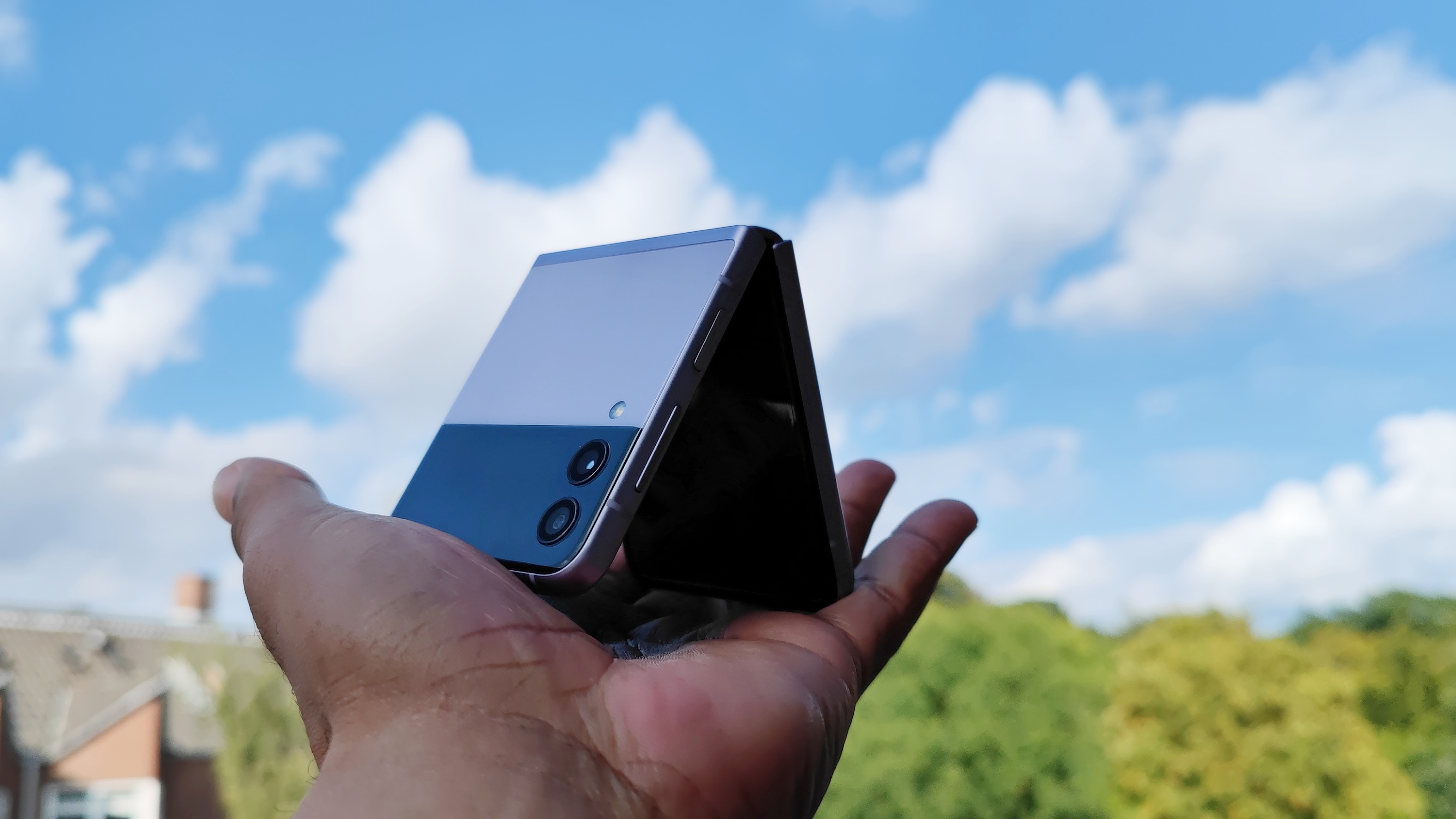
The Galaxy Z Fold 3, on the other hand, started for a lot more at $1,799 / £1,599 / AU$2,499 – is a price cut on the cards? We're less certain. However, Samsung might opt to drop the price, as with the Flip, to make foldables even more mainstream.
Samsung Galaxy Z Fold 4 vs Z Flip 4 design
The biggest difference between the Fold and Flip Samsung foldables is in the name, so we know it's going to be the same for the fourth-generation models.
The Galaxy Z Flip 4 will be a 'clamshell' phone – meaning it starts as a normal handset and can be folded in half to turn into a mini device. Think flip phones, but for the modern day.
The Z Fold 4 is the opposite, as it starts like a normal handset but can be opened to turn into a tablet-esque device. This makes it more of a professional- or business-level device compared to the Flip.
Samsung Galaxy Z Fold 4 vs Z Flip 4 display
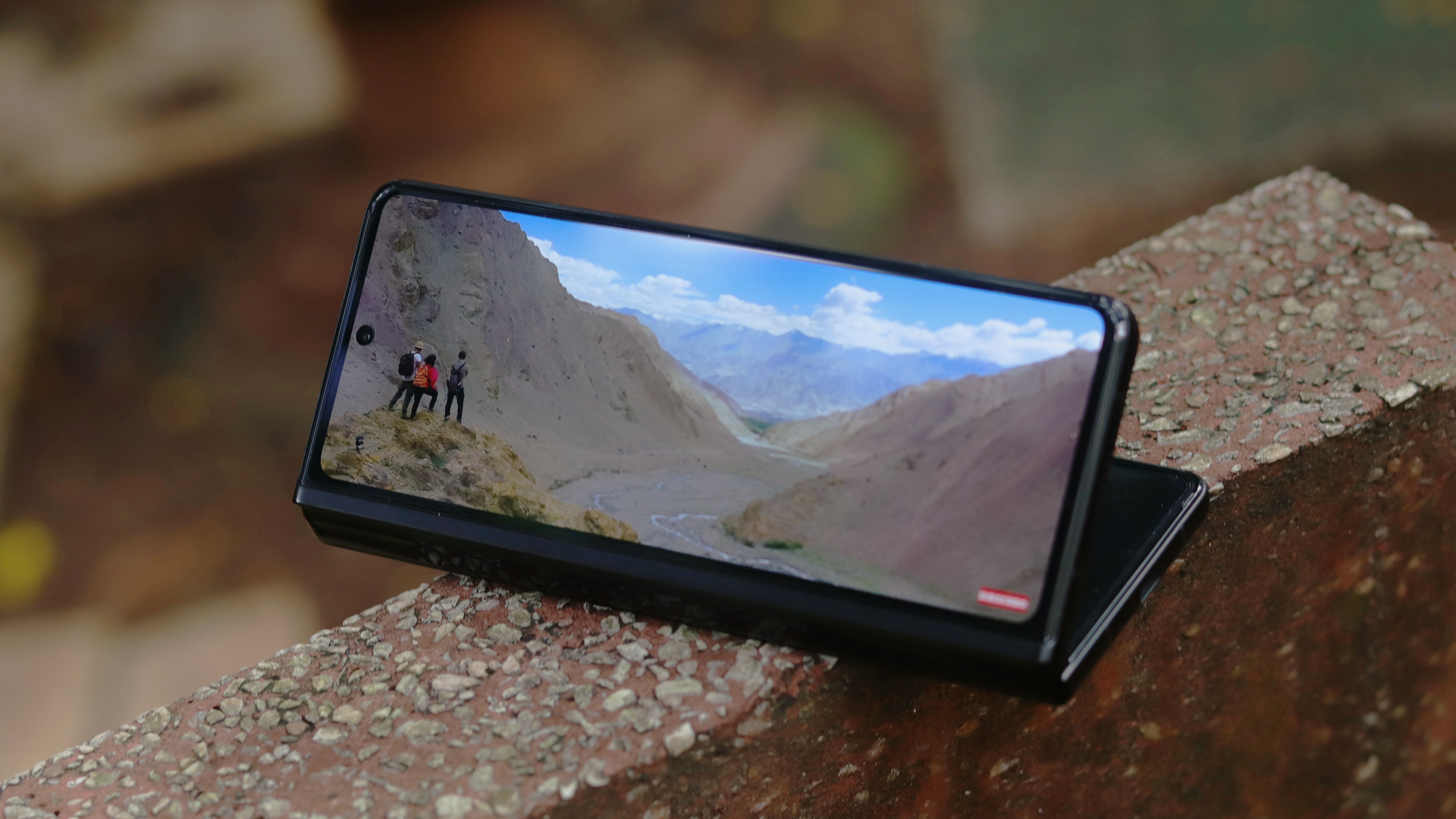
Here's another area where the two Samsung Galaxy Z phones will be quite different.
The Galaxy Z Fold 3 had a 7.6-inch 1768 x 2208 main display and a 6.2-inch 832 x 2268 outer one for when you don't want to unfold the device. According to the leaks, the Z Fold 4 will keep similar specs in this department.
The only rumored upgrade is that the outer display is said to have a 120Hz refresh rate, as on the Fold 3 it was only 60Hz.
The Flip's screen isn't expected to change much either – the Z Flip 4 is said to have a 6.7-inch main display, just like the Flip 3.
Samsung usually uses a smaller outer display on these phones for checking notifications, and that's still expected to be the case on the Flip 4. Some leakers say it'll be slightly bigger than on the Flip 3.
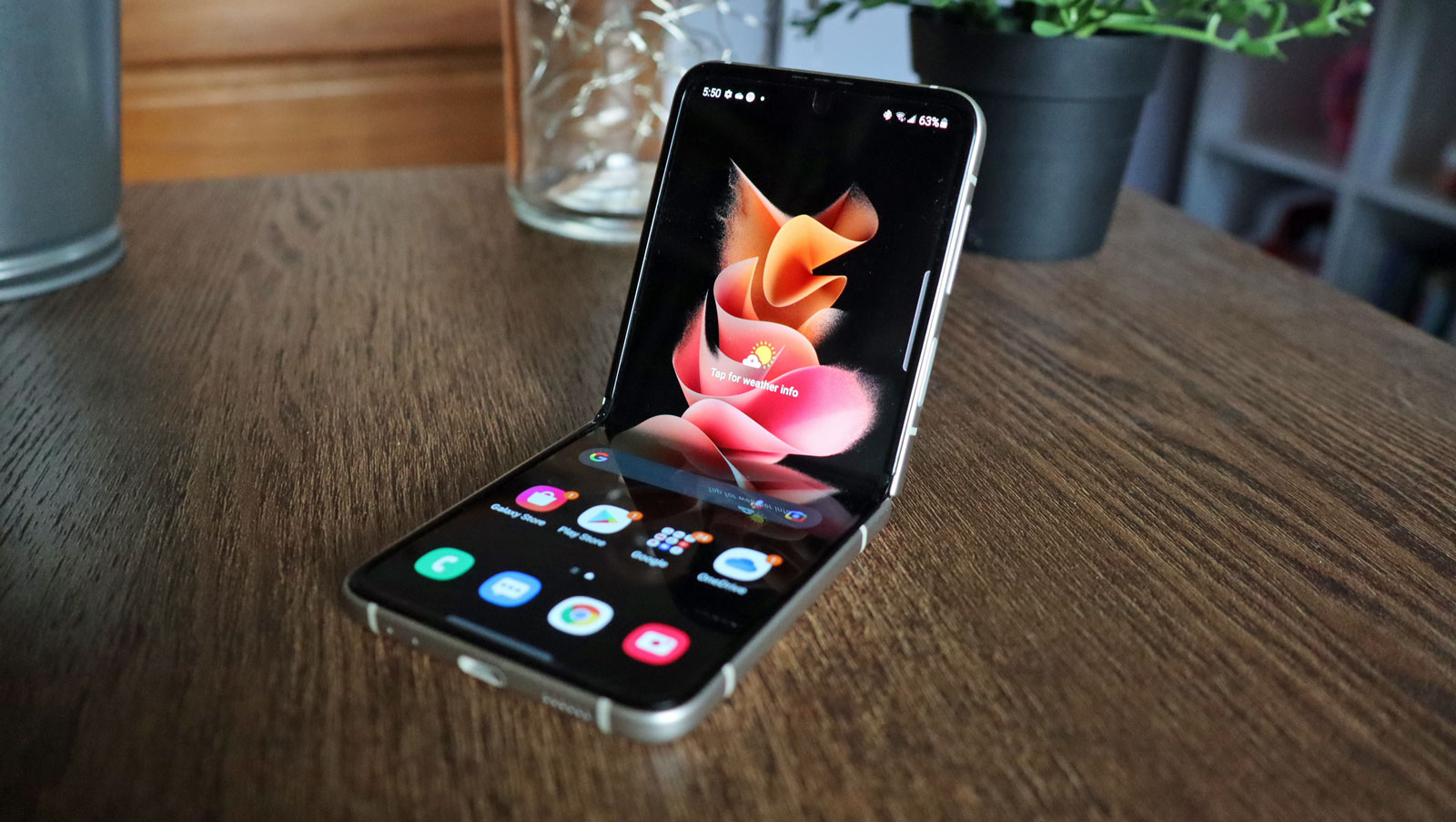
Samsung has previously had issues with the creases on its phones – on the display you can easily feel the line where it folds. Hopefully, we'll see some improvements in both phones to make this less noticeable.
Samsung Galaxy Z Fold 4 vs Z Flip 4 cameras
It's rumored that the Samsung Galaxy Z Fold 4 will have a big camera upgrade over its predecessor, which would likely make it much better for photography than the Z Flip 4.
Apparently, it'll get a 50MP or 108MP main camera and 12MP ultra-wide one, plus a telephoto one for 3x zoom that's either 10MP or 12MP. For context, the last version had three 12MP cameras, and the telephoto one supported 2x zoom.
The phone is also said to have a 10MP and 4MP front-facing camera, with the latter in the main display, being an under-display one. That's the same as with the Z Fold 3, so no big changes there.
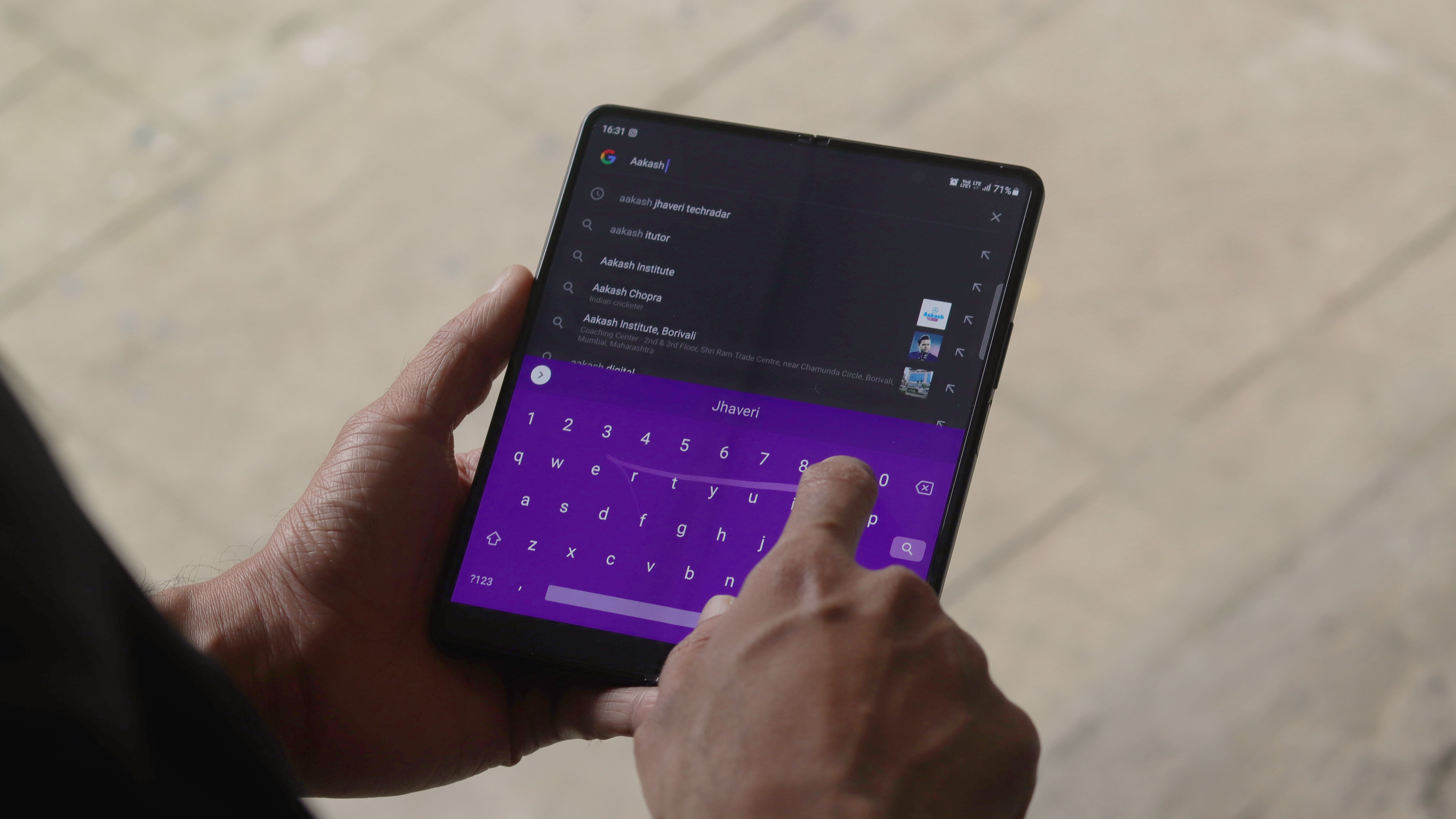
We haven't heard any rumors about the Z Flip 4's main cameras, so expect a similar array to the 12MP main and 12MP ultra-wide that we saw for the Z Flip 3.
That one had a 10MP front camera, and one upgrade that a leaker thinks the Z Flip 4 is getting is an under-display camera, like its Fold cousin. However, not all leakers agree on that front.
Samsung Galaxy Z Fold 4 vs Z Flip 4 performance and software
It sounds like both the Samsung Galaxy Z Fold 4 and Z Flip 4 will get the Snapdragon 8 Plus Gen 1 chipset – this chip is a step up over the Snapdragon 888 that the previous versions got.
It's the top-end chipset that Android phones are using now and will make both supremely powerful.
The phones might not be equally powerful, though. Rumors point to the Flip only getting 8GB RAM while the Fold could get up to 12GB, and that makes sense since those match the previous-gen version equivalents.
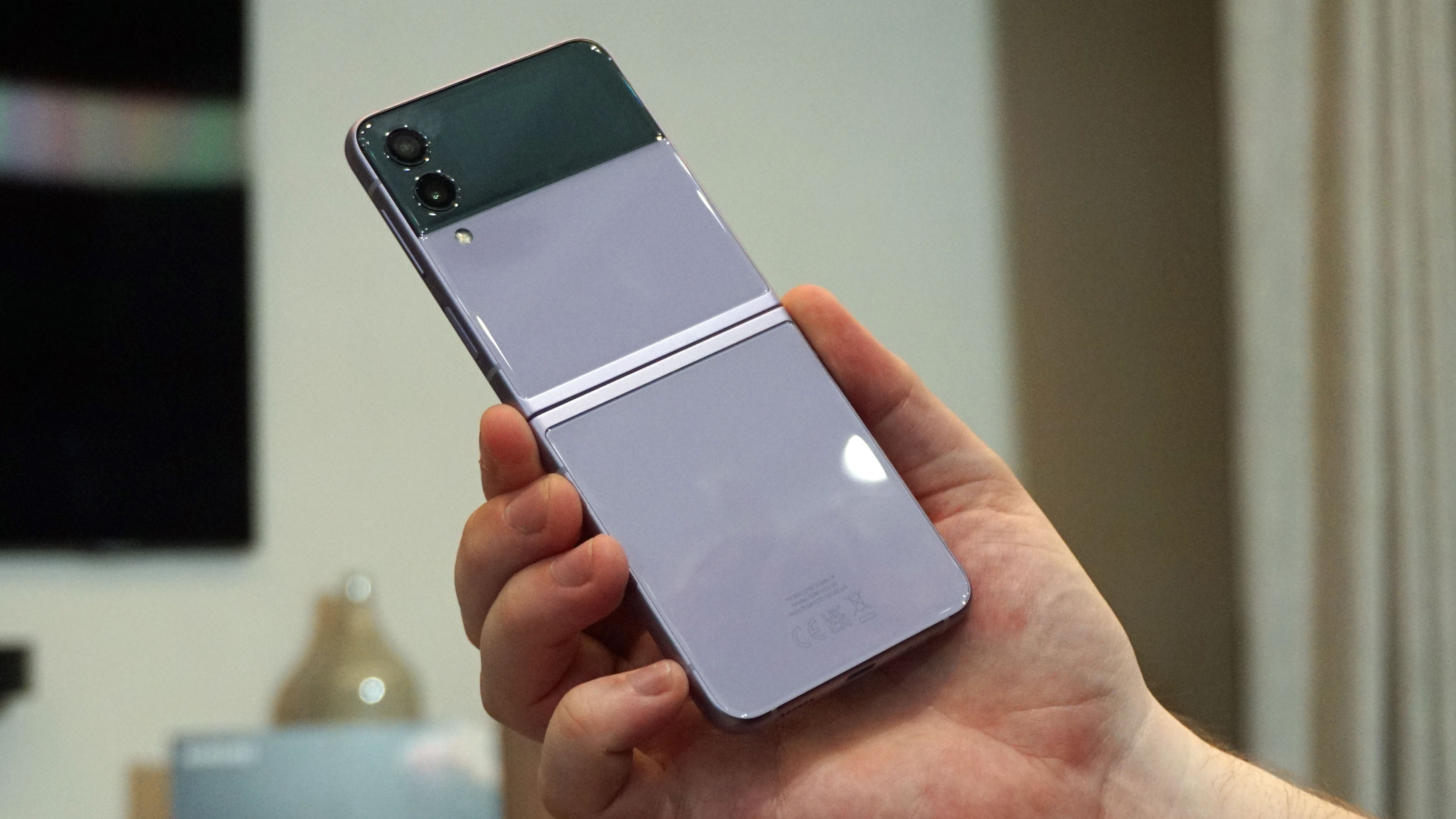
If that's the same, storage could be too. The Z Fold 3 came with 256GB or 512GB, while the Z Flip 3 offered 128GB or 256GB.
The phones will have identical software (well, other than the ways the different form factors will affect it). Samsung uses Android with its own One UI laid over the top for all its phones.
Takeaway
Samsung's Galaxy Z Fold phones are its most premium offerings, providing big devices with lots of storage and top-end cameras, but as a result, the price is high. The Z Fold 4 sounds to be the same, with further advances in the camera-department.
The smaller Z Flip 4 will be more totable, and provide fewer cameras, less storage, and only one screen.
It'll likely be cheaper too, and as Samsung's budget option in its line-up, that'll probably make it more popular than its Fold counterpart.
Get daily insight, inspiration and deals in your inbox
Sign up for breaking news, reviews, opinion, top tech deals, and more.

Tom Bedford joined TechRadar in early 2019 as a staff writer, and left the team as deputy phones editor in late 2022 to work for entertainment site (and TR sister-site) What To Watch. He continues to contribute on a freelance basis for several sections including phones, audio and fitness.